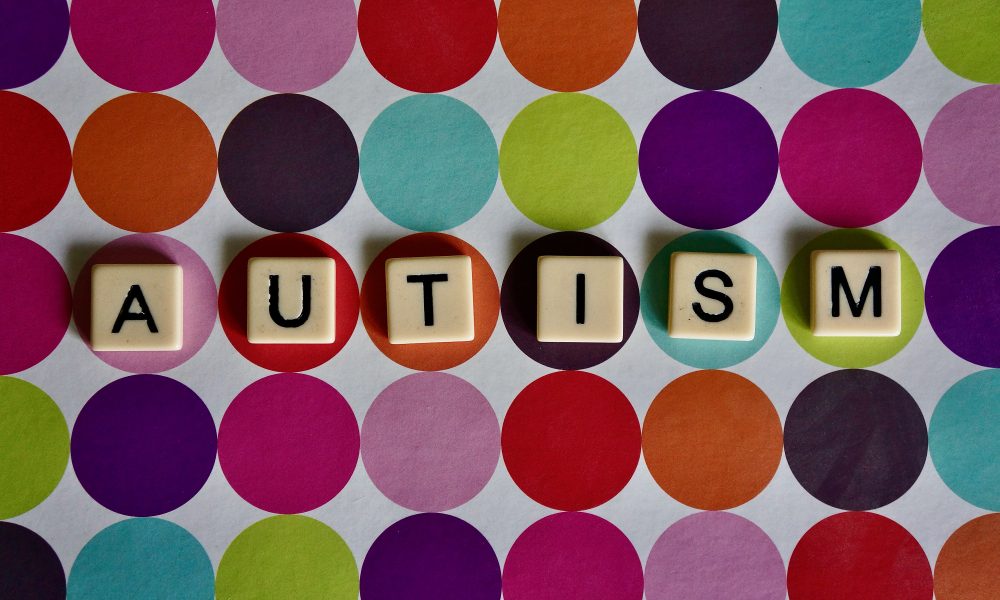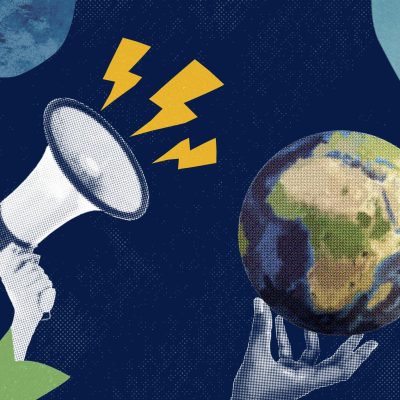The misunderstood nature of Autism
What makes a person different or weird? Is that person strange or does your eye only give you a limited understanding of them? For a long time, autism has been something people don’t understand. Autism Spectrum Disorder (ASD), according to the CDC, is a developmental disability caused by differences in the brain. Resulting in individuals with autism often having difficulty with social communication and interaction, restricted or repetitive behaviors or interests, and different ways to learn, move, or pay attention. And other characteristics such as but not limited to delayed language or movement skills and hyperactive behavior.
It’s possible you’ve never heard of autism or only know a little bit. Surprisingly autism is more common than you think. Discovery ABA even states 75 million people in our world have autism or one in every 100 kids! Despite this autism is still not a well understood disability due to the vast amount of misinformation about it online. I remember hearing about autism in the media during the COVID-19 pandemic but there was so much misinformation being spread it made everything sound scary. Some even believed autism was a curable disease. In truth, autism is a developmental brain disability, not an illness, and has no cure, but there are ways to develop skills to make life easier. People with autism may work with a therapist on different human functions like speech or behavioral management.
It doesn’t help that the media has also pushed a misinformation perspective of individuals with ASD. Kerry Baptiste, an author from Outtake, noted this ignorance was exemplified in a scene in the movie “Rain Man” where the protagonist, Charlie Babbitt was consulting with a nurse about his brother, Raymond. The nurse asked if Raymond was an artist but Charlie replied “No, he’s autistic.” And the nurse replied saying “I’m not familiar with the exact nature of the problem.” Over 30 years, the film gained controversy with most calling it “outdated” and “inaccurate” because “despite not being malicious intent in its portrayal, it’s still poor representation and a stereotype.” Additionally, over the course of 30 years several other films inspired by “Rain Man” displayed similar stereotypes, like Netflix’s original series “Atypical” and Sia’s “MUSIC” film.
“Atypical” is a coming-of-age story told from the perspective of Sam Gardner, who has autism. Although the show’s intention is trying to show what life looks like in our age for a person with autism, it does so without the expertise of a person with autism. Forbes discussed how Hollywood’s autism tropes undermine autism employment comments “pervasion popular culture representations […] such as ‘Atypical’ and ‘The Good Doctor,’ can create real problems for those of us working to promote employment for actors on the autism spectrum.” Not having authentic and accurate representation can be incredibly problematic which is evident in the singer-songwriter Sia’s film debut, “MUSIC.” The representation of autism (or lack thereof) is evident as Maddie Ziegler, a neurotypical (or person without autism) played the main character Music Gambel (who does have autism). Ziegler throughout the film used tic and verbal stimming is best described by the Guardian as “a honking, hiccuping gait occasionally punctuated by phrases… in a voice lands somewhere between a school bully mocking Meryl Steet’s low register and a dog waking up from dental surgery.” I mean what did they expect when having a person who’s never had the disability try to portray it? Not only was this film a flop but it took an employment opportunity from a person with autism.
Some of you may be wondering why is this important to you. Well in our modern society, we have made so many efforts towards racial inclusion with the Black Lives Matter movement, body positivity, and even developing new social norms like not having to be married or have kids. Our society has become more intuitive and aware of so many different kinds of people yet people with disabilities have been left behind. Not only does this result in poor portrayals of disabilities, but since there are many types of disabilities, visual and non-viable ones besides autism, most people don’t even know they exist unfortunately. With such little awareness, we cannot create a more inclusive space in our society for these individuals. This is why there are organizations like Autism Speaks and Autism Society dedicated to providing resources to families who have a family member diagnosed with autism. Additionally, some schools such as MATCH Charter Public High School have even taken their own efforts to accommodate their students with special needs. Meg Hackett, the director of special education at MATCH High, shared that MATCH created substantially separate classrooms that are meant only for special education and still give these students opportunities to participate in classes with non-special students during art classes, field trips, or school events. Additionally, some students are even given one on one support with people capable of aiding students throughout and helping them navigate any challenges due to their disability. Even beyond schools, social media also has played a role in gaining awareness for autism. On Instagram, Autism Support Community is a global community of people who try to advocate for autism awareness.
Despite all these efforts toward autism awareness, more has to be done because there are still many inequalities. In fact, new ones are appearing in our new-age society. For example, in a society where social media creates the next big trend every other month the growing pressure to fit in with everyone else increases. Unfortunately, much of this idea to fit in is targeted toward women through beauty appliances, clothing, and even social media platforms like Instagram. Resulting in women, especially young women, trying to fit into this mold often overshadowing traits that may be diagnosed as autism. The Child Mind Institute reported more than four boys for every autistic girl are diagnosed. The National Autistic Society (NAS) even reported autism present in women is usually described as anxiety and the symptoms even end up being overlooked. For example, in school, autistic girls are more likely to be a part of a friend group or have high academic achievements making teachers more likely to overlook symptoms. Doctors and other healthcare professionals lack knowledge on how autism may present differently in girls than boys leading to lots of diagnoses. The NAS even rooted the ratio of males to females with autism is around three to one.
If our society can make amazing improvements with the body-positive movement and inclusion of people of all different skin tones in makeup and fashion, then we should also be able to spread this inclusion to not only individuals with autism but the disabled community as a whole. What may this look like? Being kind and understanding to everyone you meet because you don’t know what they might be going through. Let’s all be more inclusive.









